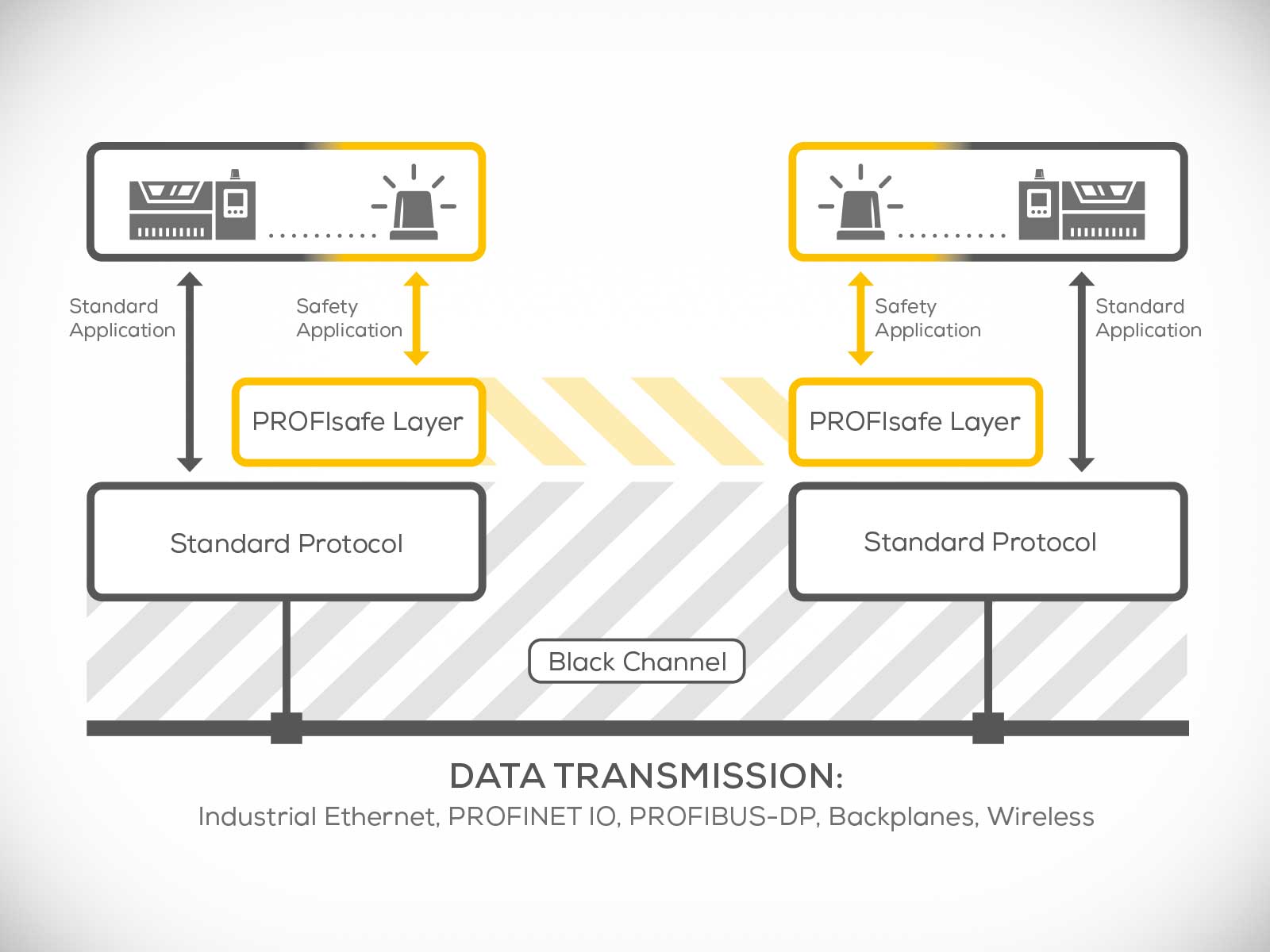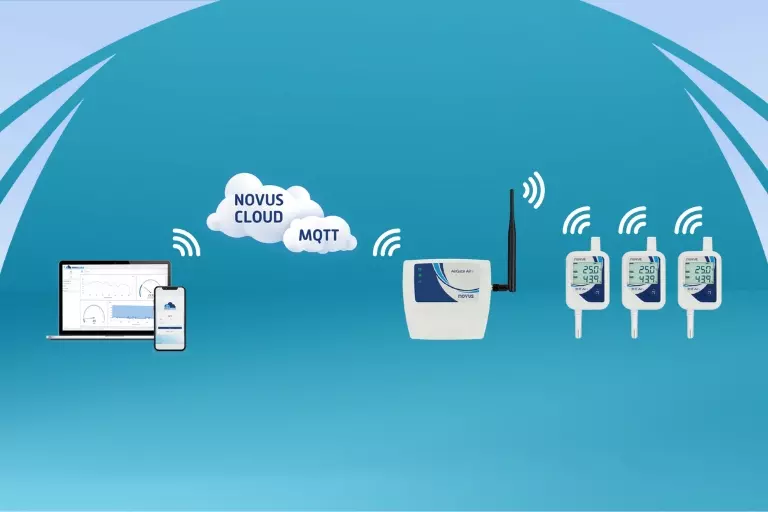One of the biggest challenges in industries that require temperature and humidity control is ensuring the proper storage of raw materials and products while complying with all regulations. To achieve this, monitoring must be accurate, reliable, and continuous.
The first major challenge is measurement accuracy. Inaccurate sensors can compromise product quality. Additionally, sensors must be properly calibrated and certified, ensuring that records remain within the required standards and comply with current regulations such as FDA 21 CFR Part 11.
Another critical aspect is continuous monitoring. Relying on manual records or fragile systems can lead to reporting failures and even product loss due to unreliable data, resulting in significant financial losses.
Beyond technical and regulatory challenges, there is also an economic factor. Replacing existing systems can be difficult, so the ideal solution must be flexible, integrating seamlessly with current systems without complications or additional costs.
NOVUS developed the Climate Air+ solution to overcome these challenges, combining two innovative devices: RHT Air+ and AirGate Air+.
The RHT Air+ is a temperature and humidity sensor that automatically collects, records, and stores data in its memory. It then sends this information directly to the AirGate Air+, which also records and reads the data and transmits it online to a cloud or SCADA platform.
The devices communicate via radio, ensuring a stable connection even in environments with physical barriers, with a range of up to 3 km. This means that product movement does not interfere with data transmission.
With a storage capacity of up to 50 days and a 5-minute publishing interval, both devices ensure that even in extreme situations, such as power failures, data remains secure.
The RHT Air+ operates on a non-rechargeable internal battery, which can last up to two years depending on the publishing interval, or it can be powered via a USB-C port with a 5V DC power supply.
Meanwhile, the AirGate Air+ is powered by an external power source of 8 to 30V DC. Each AirGate Air+ receives information from up to 32 RHT Air+ devices, forming islands of continuous, precise, and secure monitoring.
Want to learn more? Visit the product page and discover all the details of this innovation: Climate-Air-Plus











